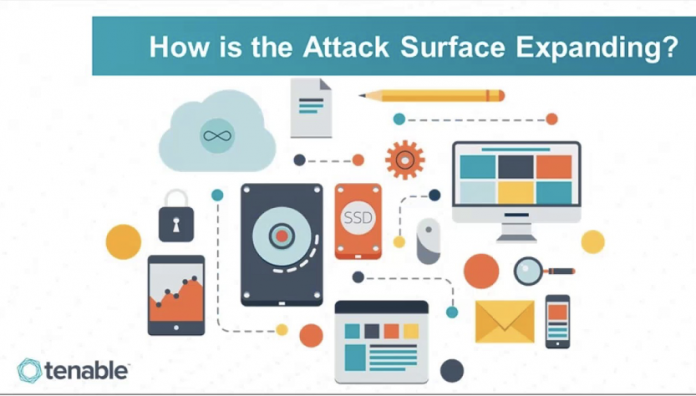An attacker’s attack surface is the sum of all exploited vulnerabilities which are on their system at any given time. In other words, an attack surface can be called the “balance of risks.” It doesn’t necessarily include any vulnerabilities which may have been discovered and subsequently patched. Attack surface also refers to the functionality of a software product. For instance, an online payment processing system may be safeguarded against hackers by a firewall or antivirus software. Still, the details of the security architecture (the logic involved in processing data) may be left largely undefined.
Procedures &Configuration
An attack surface can either be technical or non-technical. The specialized attack surface consists of procedures and configuration elements implemented to implement the desired software product. In this case, the measures would likely be in codes and configuration interfaces that help the organization achieve its objectives. These procedures and configuration elements then help in protecting the production environment. The purpose here is to limit or prevent unauthorized access, which allows control access to sensitive data. Cyberversicherung threat intelligence helps organizations achieve both these goals.
Physical Vulnerability
A cyber-attack surface usually refers to any physical vulnerability that allows an authorized user to gain access to a particular system without authorization. It does not, however, encompass any attack against the system’s application or data directly. This kind of vulnerability can either be a human-made (malicious) or natural (human) vulnerability. Computer networking is the foundation for many physical attack surfaces. Here, a typical type of cyber-attack surface includes the following:
Cyber-Attack Surface Management
Most companies, organizations, and government agencies rely on third-party security vendors to manage and implement their cyber-attack surface management schemes. While relying on third-party vendors can significantly reduce the effort required to develop a complete attack surface protection strategy, there are inherent limitations in using third-party vendors and their evaluation processes. A significant load is that security vendors generally require systems and procedures to be evaluated using a single model or method. The security scorecard framework does not address the needs of varied organizations with varying levels of risk. Moreover, the scorecards do not provide vendors with the flexibility necessary to accommodate the unique requirements of each organization.
DHS
Many companies and government agencies have developed their own or establish associate security rating systems. For instance, the Department of Homeland Security (DHS) created the Department validated Cybersecurity Improvement Programs (CIP), including vendor-defined criteria, guidelines, and recommendations. On the other hand, the U.S. Federal Bureau of Investigation (FBI) develops its Cybercrime Identification System (CCIS) and Federal Bureau of Investigation Cybercrime National Task Force (FCITF) to counter potential cyber-attacks. However, both these organizations have failed to acknowledge or recognize many critical limitations inherent in current measurement tools. As a result, their evaluations have resulted in inconsistent and often less than strong recommendations and definitions.
Surface Management Program
Many companies and government agencies still lack the knowledge and resources necessary to perform a comprehensive cyber-attack surface management program. As a result, even when they have developed a more technically sound methodology, they cannot apply this knowledge across their enterprise architecture. This inability to use a cyber-efficient cyber-awareness and response to a wide variety of attacks has left them with inadequate or incomplete threat information, leading to costly solutions, inaccurate security ratings, and a lack of trust in their cyber-defense capabilities.
Assessment &Validation
Organizations that lack an understanding of their actual threat profile and how to apply mitigation techniques and resources effectively will continue to be at risk. Today, most companies rely on third-party outside security companies to provide threat intelligence and help them develop a comprehensive cyber-awareness strategy. Unfortunately, these companies do not possess the skills and expertise necessary to analyze a company’s environment and vulnerabilities thoroughly. Some companies depend on outside professionals to conduct a vulnerability assessment and validation before completing a mitigation plan. While some companies have effective vulnerability management procedures in place, the majority rely on outside parties to perform an insufficient number of risk assessments and validation steps. This leads to an increase in lapses in cybersecurity ratings and an increase in vulnerabilities.
Conclusion:
The information gathered through a comprehensive physical attack surface management program can create a complete digital attack surface management plan. Once implemented, this plan provides businesses and government agencies with a single, integrated picture of their entire infrastructure. The security scorecard will still need to be regularly monitored to ensure that all threats are being mitigated. Still, this single integrated picture provides a single, easy-to-read reference that helps to understand and counter a wide range of threats.

